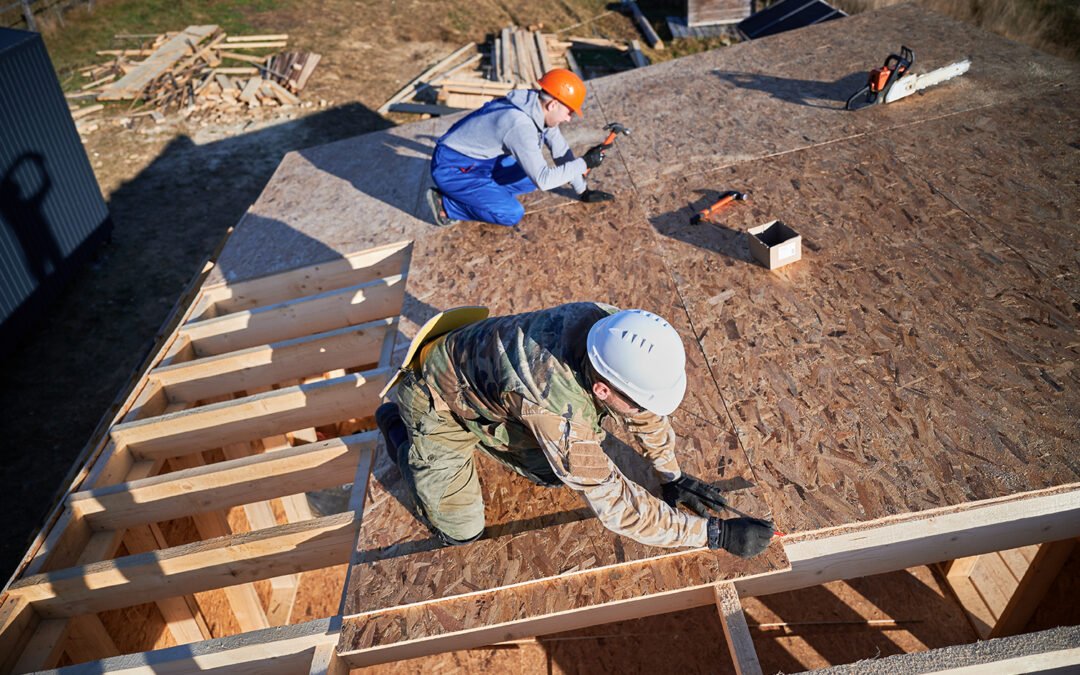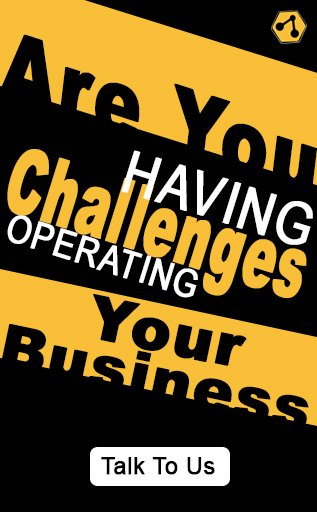Safety is paramount in the roofing industry, where workers face hazardous conditions daily. From steep slopes to unpredictable weather, roofing professionals encounter numerous risks that can lead to severe injuries or even fatalities. However, with the advent of modern technology, roofing contractors now have access to tools and solutions that can significantly enhance safety, productivity, and overall business efficiency. In this blog, we’ll explore how leveraging technology can create a safer working environment and improve the bottom line for roofing companies.
The Challenge of Ensuring Worker Safety on Rooftops
Scenario: A roofing contractor faces frequent safety incidents due to workers navigating steep and unstable surfaces without adequate fall protection or safety monitoring. This leads to increased insurance costs, project delays, and a tarnished reputation.
Pain Points:
-
-
- High risk of falls and injuries due to unsafe working conditions.
- Increased insurance premiums and liability concerns.
- Project delays caused by safety-related incidents.
- Negative impact on company reputation and client trust.
-
Solution: Investing in drone technology and wearable safety devices can dramatically reduce the risk of accidents. Drones allow for detailed roof inspections without putting workers at risk, while wearable devices can monitor workers’ health and safety in real time. Benefits include:
-
-
- Safer inspections with drones, eliminating the need for manual roof access.
- Real-time health monitoring, alerting workers to potential hazards.
- Reduced fall risk with smart safety harnesses and wearables.
- Lower insurance costs and enhanced company reputation.
-
The Need for Effective Communication and Coordination
Scenario: Roofing projects often involve multiple teams working simultaneously, leading to communication breakdowns and miscoordination. This results in safety hazards, such as workers being in the wrong place at the wrong time or materials being incorrectly handled.
Pain Points:
-
-
- Poor communication leading to safety risks and project inefficiencies.
- Lack of real-time coordination between office staff and field teams.
- Increased likelihood of accidents due to miscommunication.
- Delayed projects and dissatisfied clients.
-
Solution: Project management software tailored to the roofing industry can facilitate seamless communication and coordination. These tools offer:
-
-
- Real-time updates on project status, ensuring everyone is on the same page.
- Centralized communication channels for better collaboration.
- Enhanced safety through proper task assignment and monitoring.
- Increased efficiency, leading to on-time project completion and happy clients.
-

Managing Equipment and Materials Safely
Scenario: A roofing contractor struggles with the safe management of heavy equipment and materials. Improper handling leads to frequent accidents, damaging expensive equipment and causing injuries to workers.
Pain Points:
-
-
- Unsafe handling of heavy materials and equipment.
- Frequent equipment-related accidents and injuries.
- Increased costs due to damaged tools and equipment.
- Delayed projects due to equipment failures.
-
Solution: Implementing an inventory and equipment management system can help roofing contractors keep track of their tools and materials, ensuring they are used safely and effectively. Key benefits include:
-
-
- Real-time tracking of equipment to prevent misuse or loss.
- Automated maintenance schedules to keep tools in optimal condition.
- Improved material handling processes, reducing the risk of accidents.
- Enhanced productivity and safety on the job site.
-

Ensuring Compliance with Safety Regulations
Scenario: A roofing company faces fines and legal action due to non-compliance with safety regulations. The company struggles to keep up with changing industry standards, leading to costly penalties and a damaged reputation.
Pain Points:
-
-
- Difficulty in staying compliant with industry safety standards.
- Risk of fines and legal action due to non-compliance.
- Time-consuming manual safety documentation processes.
- Damage to company reputation and customer trust.
-
Solution: Utilizing compliance management software can help roofing contractors stay up-to-date with the latest safety regulations and industry standards. This technology offers:
-
-
- Automated compliance tracking and documentation.
- Easy access to updated safety protocols and guidelines.
- Reduced risk of fines and legal issues.
- Improved trust and credibility with clients and regulators.
-

The Importance of Training and Skill Development
Scenario: New roofing employees often lack the necessary skills and training to operate safely on job sites. This increases the likelihood of accidents and reduces overall team productivity.
Pain Points:
-
-
- Lack of proper training leading to increased safety risks.
- Inexperienced workers causing delays and quality issues.
- High turnover due to inadequate onboarding and skill development.
- Increased costs due to frequent accidents and rework.
-
Solution: E-learning platforms and virtual reality (VR) training can provide roofing professionals with the skills they need to work safely and efficiently. Benefits include:
-
-
- Interactive, on-demand training programs that fit around work schedules.
- VR simulations that allow workers to practice skills in a safe, controlled environment.
- Continuous skill development, leading to better performance and safety.
- Reduced turnover and increased employee satisfaction through ongoing training opportunities.
-
Conclusion
The roofing industry is inherently risky, but with the right technology, contractors can significantly improve safety and productivity on job sites. From drones and wearables to project management software and VR training, these tools not only protect workers but also enhance overall business efficiency. By investing in technology, roofing companies can build a safer work environment, reduce costs, and deliver better results for their clients.
Don’t compromise on safety—leverage technology to protect your team and improve your business outcomes.

Just Automate all these and just Focus on Growing Your Business.

Customer Management

Scheduling

Processing Work Orders

Sending Estimates and Invoices
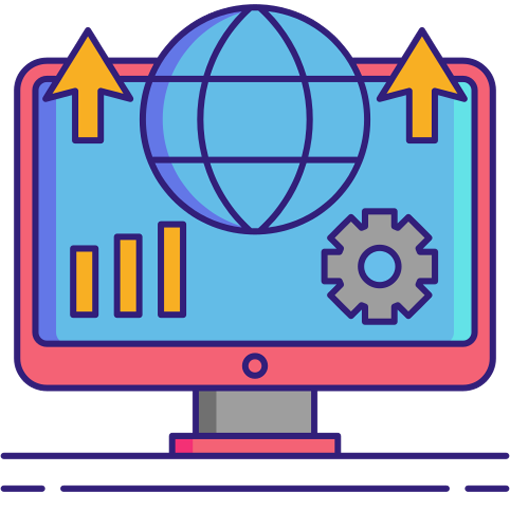
Website Management

Virtual Assistants

Social Media

Collections
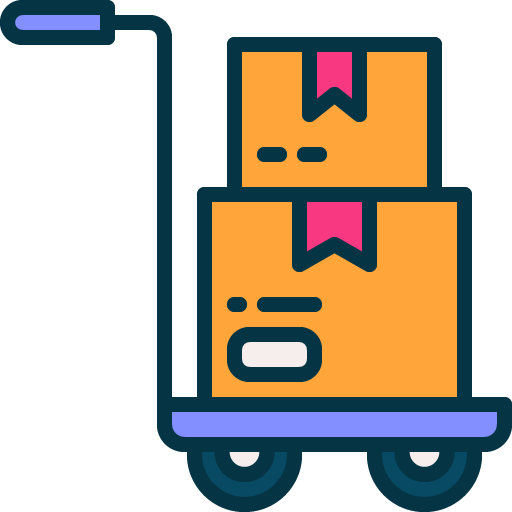
Ordering Parts
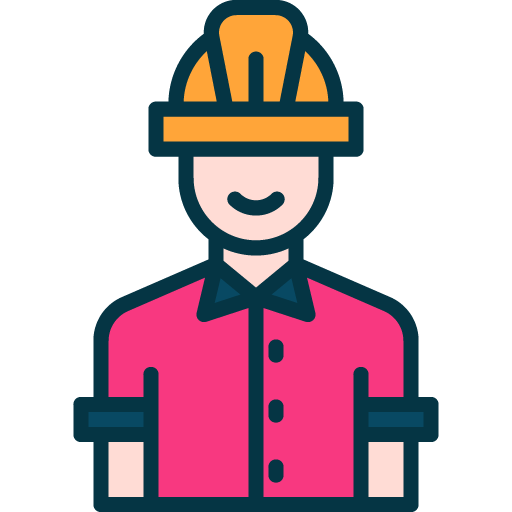
Finding New Technicians
Fleet Tracking


